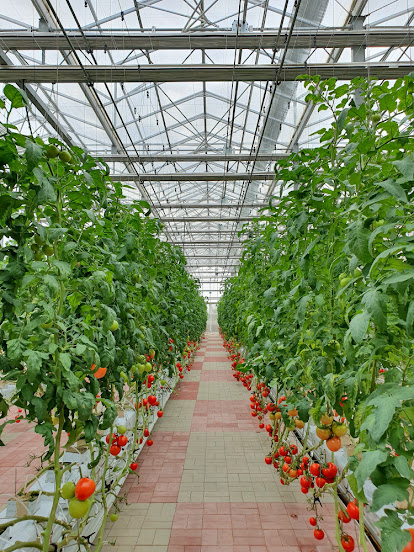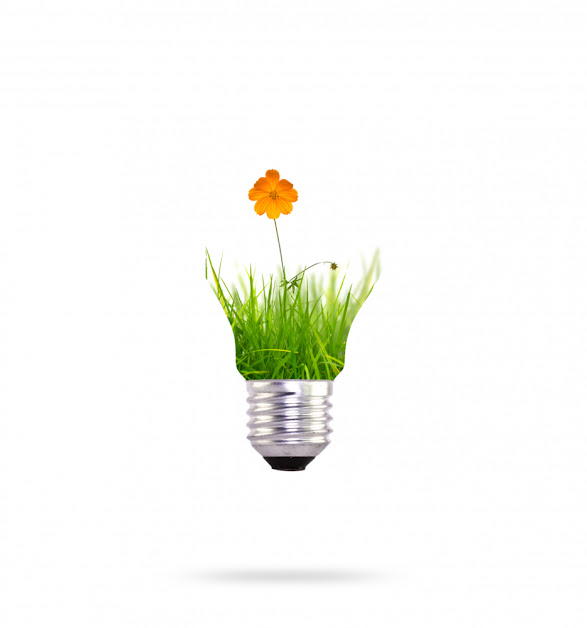Tips for Regulating Greenhouse Temperature

Maintaining a greenhouse's temperature is important for the health and strength of your plants. A consistent temperature fosters the growth of plants and improves the yield and quality of their products. We'll talk about some efficient strategies to keep the temperature in a greenhouse in this blog. Install a thermostat The device will automatically alter the temperature based on the range of temperatures you specify. By doing this, you may prevent your plants from being subjected to high temperatures, which could harm or even kill them. Use shade cloth Using shade cloth is one efficient approach to lessen the temperature. By limiting the quantity of sunlight entering the greenhouse, shade fabric helps to lower the temperature. To provide the plant's shade, you can attach shade fabric to the greenhouse's walls and roof. A successful greenhouse lighting plan will also aid you in controlling the temperature. Install fans and ventilation Installing ventilation and fan s


